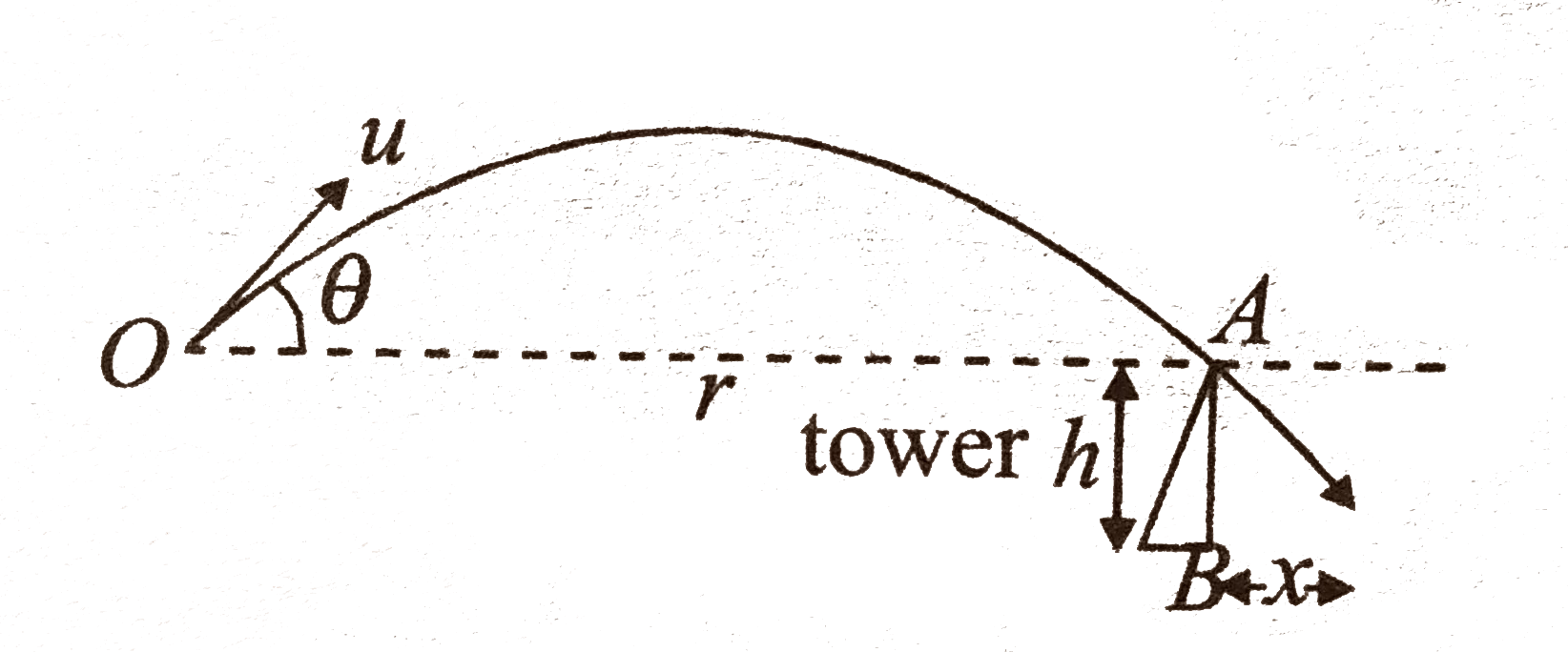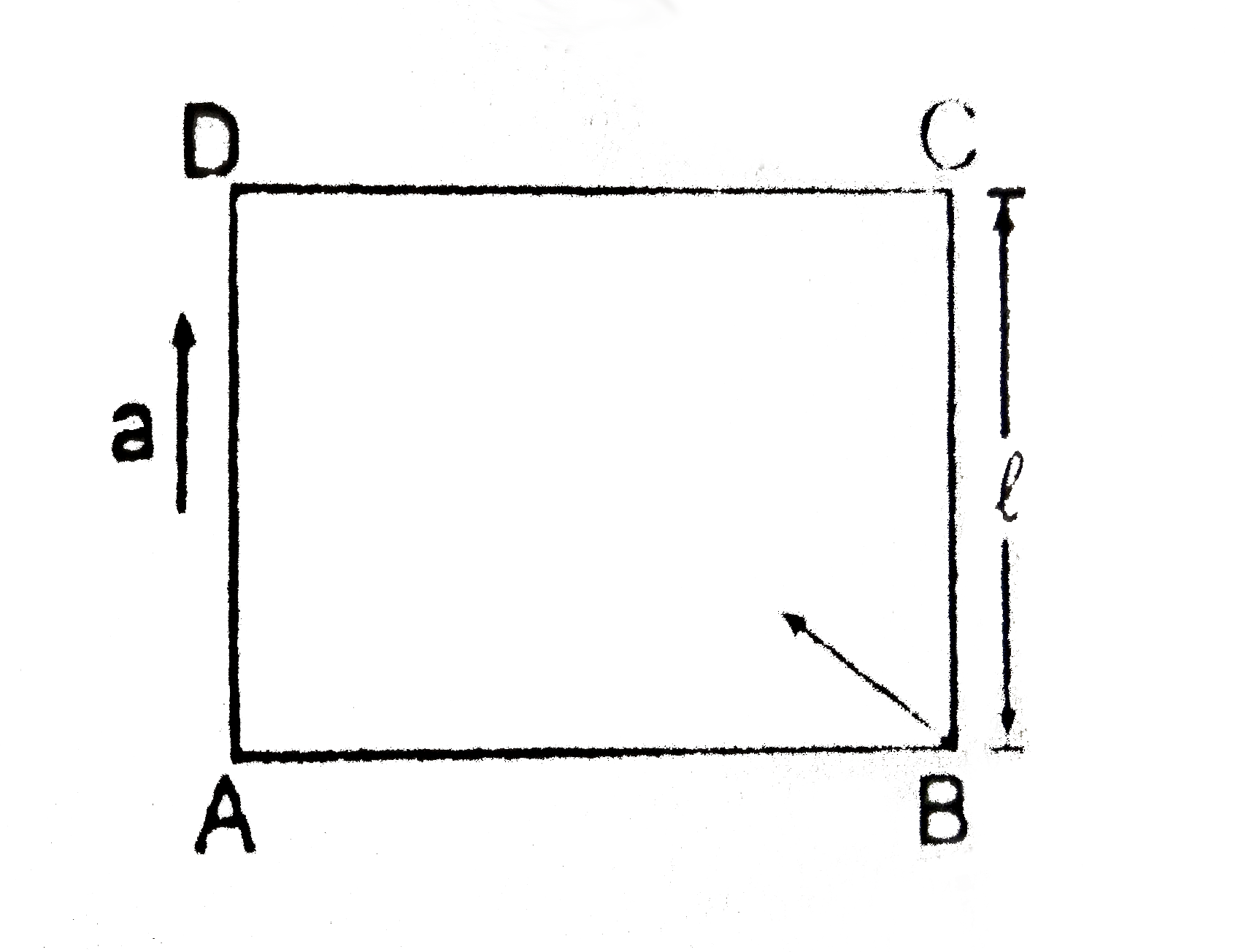A ball is thrown from rear end to the front end of a compartment of a train which is moving at constant horizontal velocity. An observer sitting in the compartment and another observer standing on the ground draw the trajectory of the ball. They will have
equal horizontal and equal vertical ranges
equal vertical ranges but different horizontal ranges
different vertical ranges but equal horiozontal ranges
diferent vertical and different horizontal ranges
The correct Answer is:B
Step by step video & text solution for A ball is thrown from rear end to the front end of a compartment of a train which is moving at constant horizontal velocity. An observer sitting in the compartment and another observer standing on the ground draw the trajectory of the ball. They will have by Physics experts to help you in doubts & scoring excellent marks in Class 11 exams.
Updated on:21/07/2023Topper's Solved these Questions
- MOTION IN A PLANEBook:NARAYNAChapter:MOTION IN A PLANEExercise:Level-I(C.W)
Explore 43 Videos
- MOTION IN A PLANEBook:NARAYNAChapter:MOTION IN A PLANEExercise:Level-II(C.W)
Explore 45 Videos
- MOTION IN A PLANEBook:NARAYNAChapter:MOTION IN A PLANEExercise:Level-II(H.W)
Explore 31 Videos
- MECHANICAL PROPERTIES OF SOLIDSBook:NARAYNAChapter:MECHANICAL PROPERTIES OF SOLIDSExercise:LEVEL-II (H.W)
Explore 24 Videos
- MOTION IN A STRAIGHT LINEBook:NARAYNAChapter:MOTION IN A STRAIGHT LINEExercise:Level 2 H.W
Explore 29 Videos
Similar Questions
Have you ever observed why a moving ball on the ground stops after some time?
View SolutionA boy sitting at the rear end of a railway compartment of a train, running at a constant acceleration on horizontal rails throws towards the fore end of the compartment with a muzzle velocity of 20m/sec at an angle 37∘ above the horizontal, when the train is running at a speed of 10 m/sec. If the same boy catches the ball without moving from his seat and at the same height of projection,find the speed of the train at the instant of his catching the ball.
View Solution
Knowledge Check
A man A is sitting in the rear end of a long compartment of a train running at constant horizontal velocity, tosses a coin to a person B, near the front end of the compartment. The trajectory of the coin is, as seen by B and a person C on the ground, will have:
Adifferent vertical ranges, but equal horizontal rangesBequal horizontal an equal vertical rangesCequal vertical ranges but different horizontal rangeDdifferent vertical and different horizontal rangesA man in a train moving with constant velocity drops a ball on the platform .The path of the ball as seen by an observer standing on the platform is :
Astraight lineBa circleCa parabolaDNone of theseA ball is thrown from a point in level with velocity u and at a horizontal distance r from the top of a tower of height h.
At what horizontal distance x from the foot of the tower does the ball hit the ground ? Aucosθg{(u2sin2θ+gh)1/2−usinθ}Bucosθg{(u2cos2θ+2gh)1/2−ucosθ}Cucosθg{(u2cos2θ+gh)1/2−ucosθ}Ducosθg{(u2cos2θ+gh)1/2−ucosθ}
Aucosθg{(u2sin2θ+gh)1/2−usinθ}Bucosθg{(u2cos2θ+2gh)1/2−ucosθ}Cucosθg{(u2cos2θ+gh)1/2−ucosθ}Ducosθg{(u2cos2θ+gh)1/2−ucosθ}
Passenger of a train just drops a stone from it. The train was moving with constant velocity. What is path of the stone as observed by (a) the passenger itself, (b) a man standing on ground?
View SolutionA plumb bob is hung from the ceiling of a train compartment. If the train moves with an acceleration a along a straight horizontal track, the stirng suporting the bob makes an angle tan1(ag) with the normkal to the ceiling. Suppose the train moves on an inclined straight track with uniform moves on aninclined straight track with uniform velocity. If the angle of incline is tan−1(ag), the string again makes the same angle with the normal to the ceiling. Can a person sitting inside the compartment tell by lookign at the plumb line whether the train is accelerated on a horizontal straight track or it is going on an incline? If yes, how? If no, suggest a method to do so.
View SolutionIn the figure the top view of a compartment of a train is shown. A man is sitting at a corner 'B' of the compartment . The man throws a ball ( with respect to himself ) along the surface of the floor towards the corner 'D' of the compartment of the train. The ball hits the corner 'A' of the compartment, then find the time at which it hits A after the ball is thrown . Assume no other collision during motion and floor is smooth. The length of the compartment is given 'l' and the train is moving with constant acceleration 'a' in the direction shown in the figure.

View SolutionA person sitting in the compartment of a train moving with unifrom speed throws a ball in the upward direction . What path of the ball will appear to him ? What to a person standing outside ?
View SolutionA person sitting in the rear end of the compartment throws a ball towards the front end. The ball follows a parabolic path. The train is moving with uniform velocity of 20ms−1. A person standing outside on the ground also observers the ball. How will the maximum heights (hm) attained and the ranges (R) seen by thrower and the outside observer compare each other?
View Solution